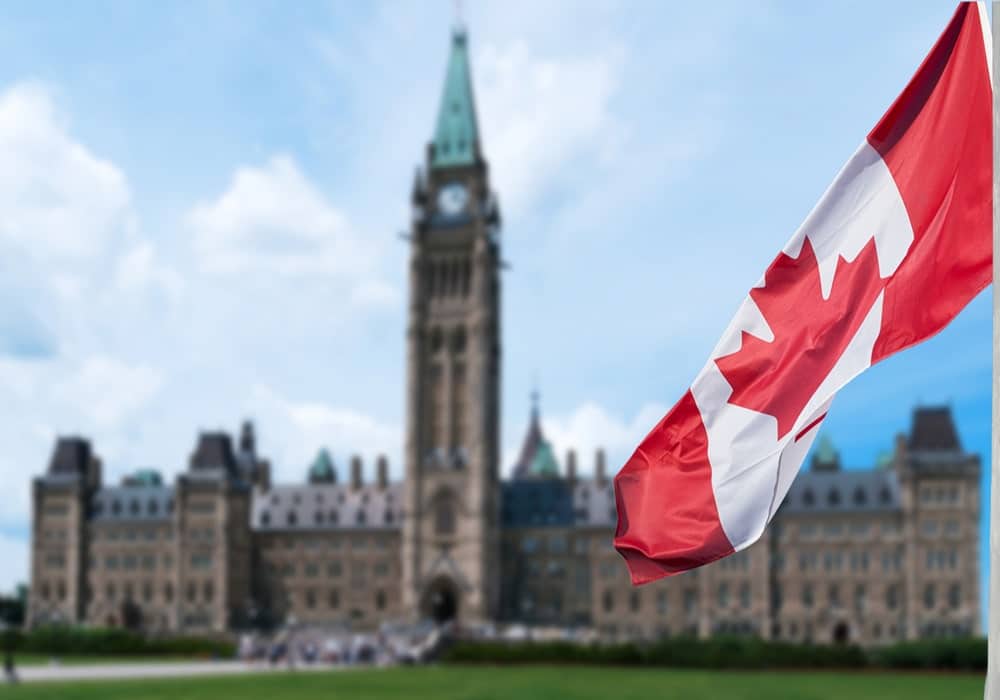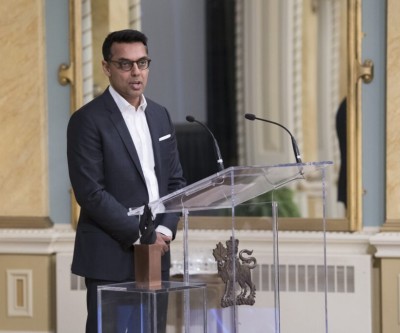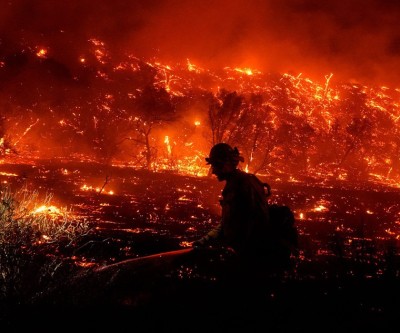Latest News
- Canada's largest gold theft at Pearson Airport; 400 kilograms of gold and a fake bill of lading
- Angela Pompeo's dream of retirement has finally come true!
- Cirque du Soleil's grand return to Vancouver with a Mexican show!
- Canada on the list of most popular tourist destinations for Americans in 2025
- British newspaper Mail on Sunday
Latest Ads
-
Jasmine Jewel
Call
-
Omidan group
Call
-
Amir Madanpour
Call
-
Dimo studio
Call
-
Yorkacademy
Call
-
Maryambagheri
Call
-
Shishlix Restaurant
Call

Canadian municipalities seek to create climate resilience
From Toronto to Vancouver, Canadian cities are striving to become "sponge cities" to withstand heavy rainfall and its associated effects. In Montreal, Mayor Valerie Plant recently announced plans to create approximately 30 more sponge parks. These parks are specifically designed to absorb rainwater and prevent it from overflowing into overloaded sewers during heavy rainfalls. The mayor stated that these pedestrian-friendly parks, along with 400 "sponge walkers" featuring vegetated surfaces, would help the city preserve the equivalent of three Olympic-sized swimming pools at half the cost of underground infrastructure. Melanie Glorio, a sustainable vision planner with Rousseau Lefebvre, mentioned that while the concept of creating a "sponge city" is not new, it is gaining traction among more municipalities, especially in response to extreme weather conditions.
According to her, the core idea is to redirect stormwater to low-lying areas or channels planted with trees, shrubs, and grasses to enhance water absorption and reduce its discharge into sewers, lakes, or rivers. Additionally, plants filter the water before it enters the system, removing some of the pollutants picked up from the streets. She explained, "First, we reduce the amount of water going into the sewer system, and second, we improve the quality of the water that remains."
The primary goal of this approach is to mitigate some of the adverse impacts of decades of urban development centered around automobiles, which involved replacing natural water-absorbing spaces with impermeable infrastructure like roads and parking lots. Instead of absorbing water, it was directed into underground sewer systems that could become overwhelmed during heavy rain, leading to flooding and river pollution. Glorio stated, "The concept of a sponge city essentially operates in reverse: you limit the flow of water and maximize infiltration."
Green infrastructure can be incorporated into landscapes in various ways, from planting simple trees to creating rain gardens, boardwalks, retention ponds, and more complex biofiltration systems with layers of filters. Some projects are also replacing asphalt with permeable paving to improve water flow. Glorio mentioned that most water retention areas in green infrastructure are designed to capture the first 25 millimeters of rainfall, meaning they should be able to manage approximately 95% of rainfall events.
Suggested Content
Latest Blog
Login first to rate.
Express your opinion
Login first to submit a comment.
No comments yet.


































